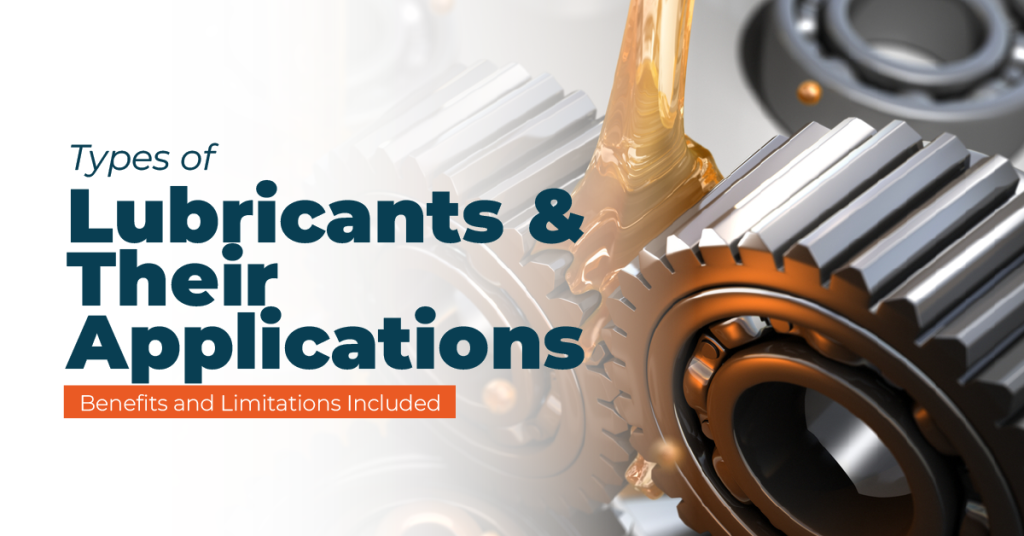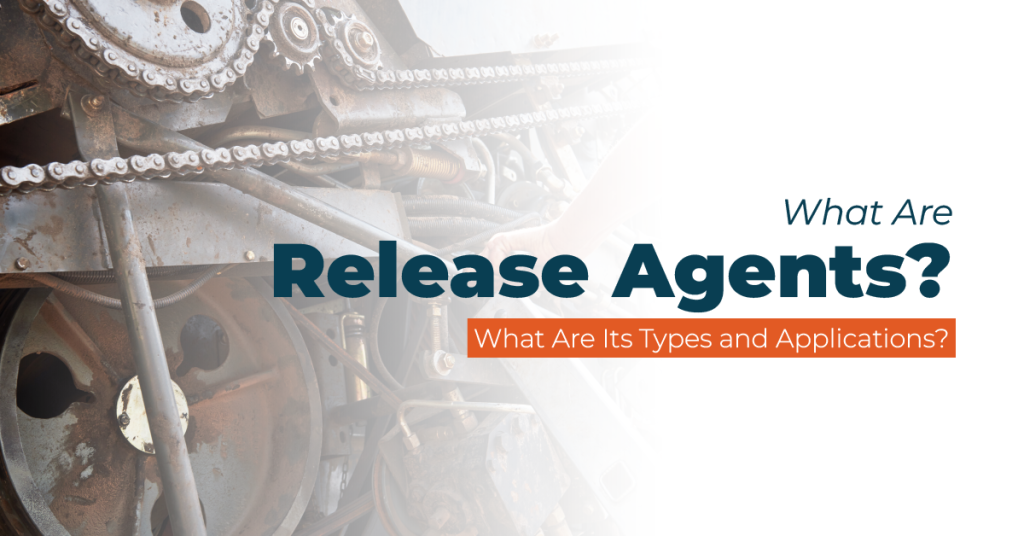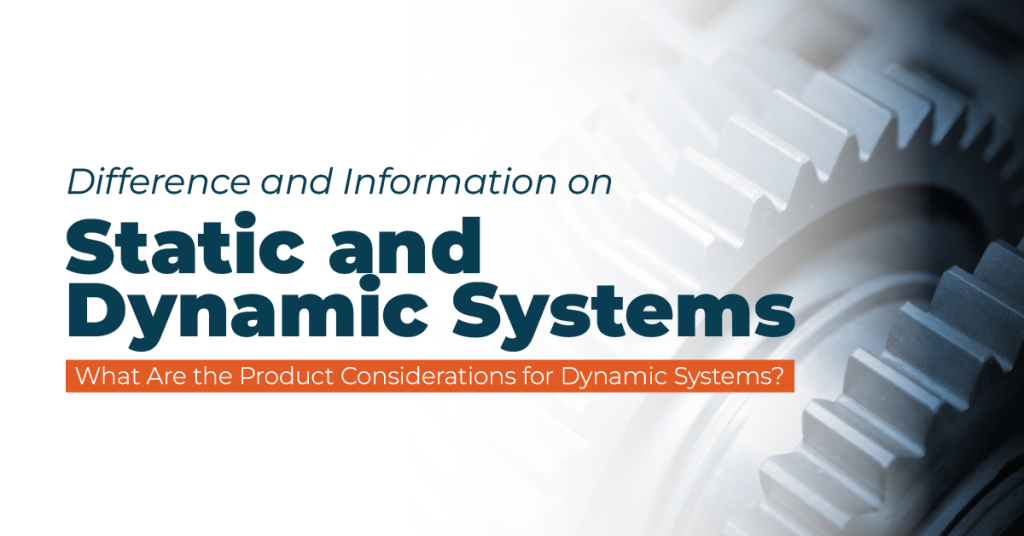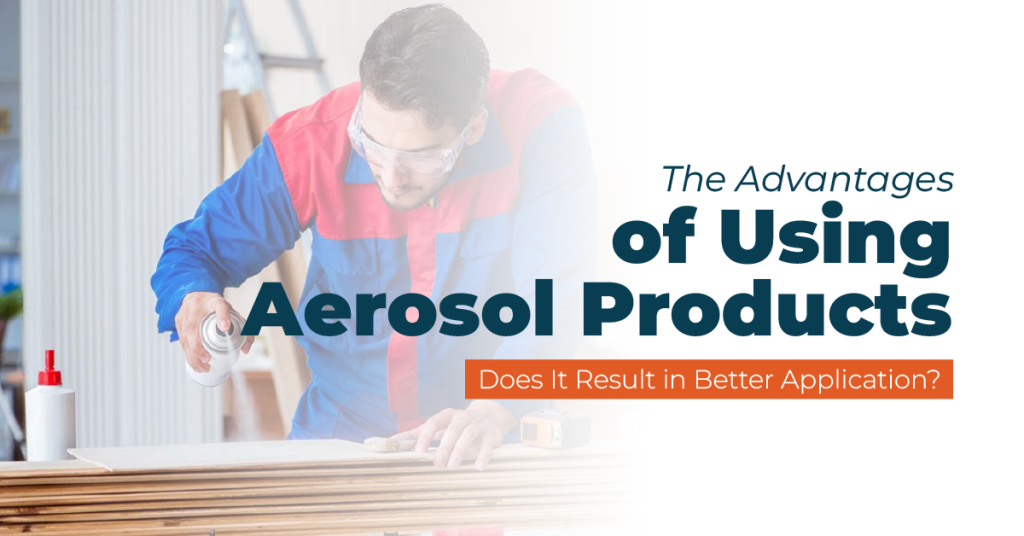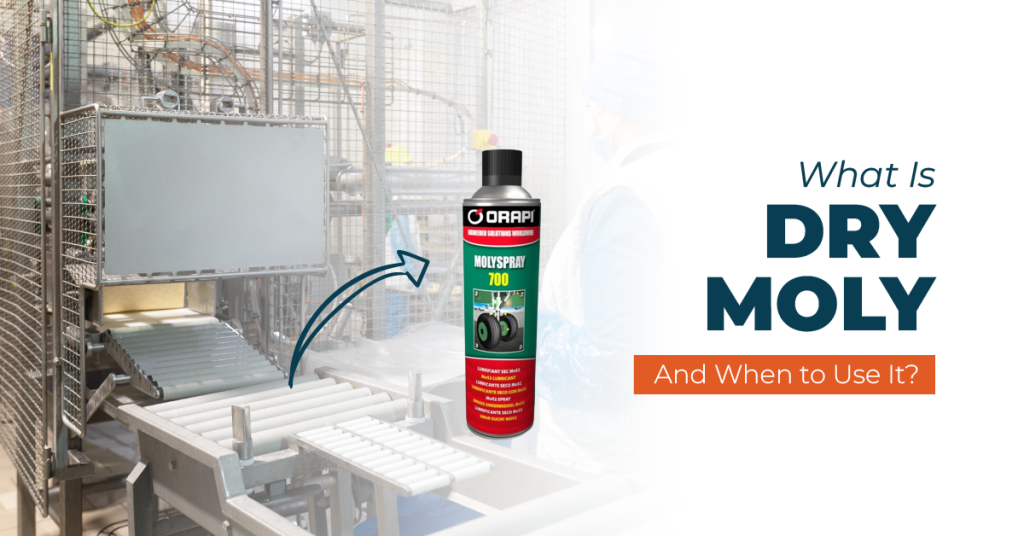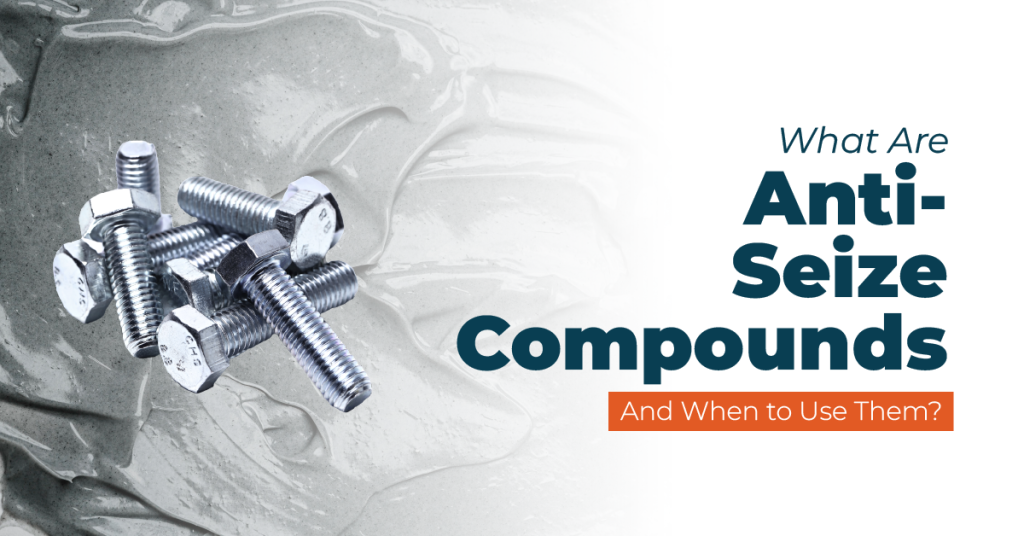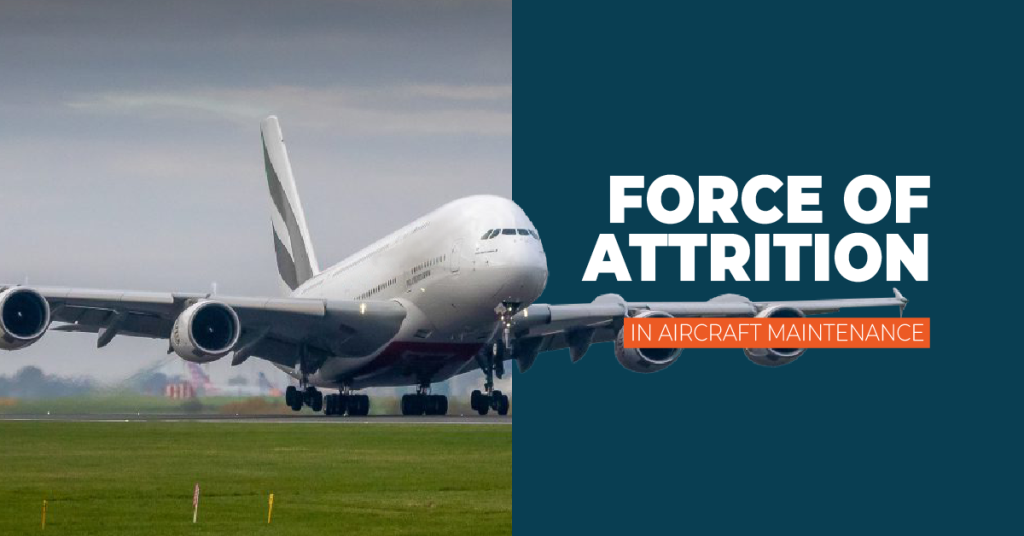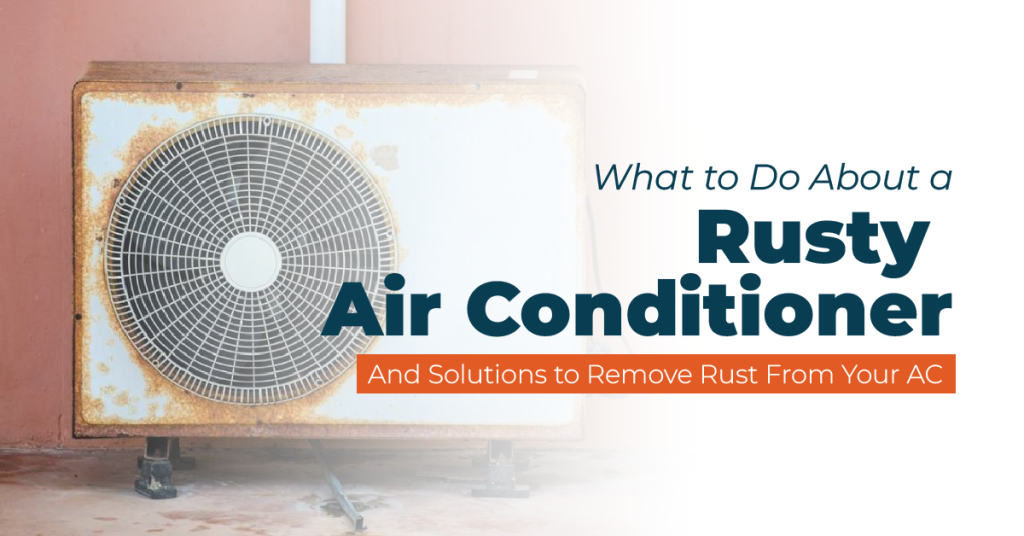
What to Do About a Rusty Air Conditioner
Your air conditioner endures significant wear and tear throughout its lifespan. While modern units are designed to be highly durable and capable of withstanding harsh conditions, they still require regular maintenance to ensure optimal performance. Neglecting proper AC tune-ups and exposing your unit to high moisture levels can result in issues such as rust formation. A rusty air conditioner not only looks visually unappealing but also exhibits poor functioning. A rusty air conditioner may struggle to cool or heat your

